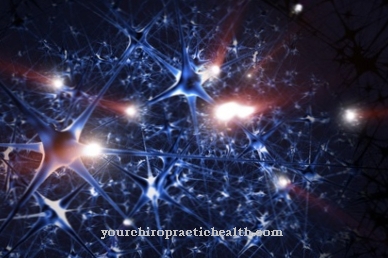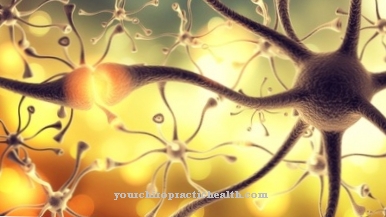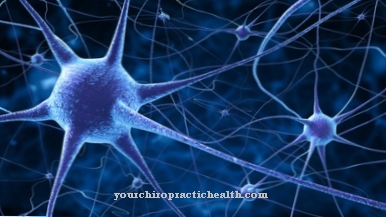In medicine the term is the agility mostly associated with the joints of the body. The degree of mobility for joints is given by the neutral-zero method. Joint stiffness can be documented in this way.
What is the agility?

Numerous movement processes take place in the human body. Many of them are involuntary and thus elude influence, for example the so-called peristalsis of the esophagus, intestine, stomach and ureter or the movement of the respiratory muscles and the heart muscle.
Medicine usually differentiates involuntary movement processes from active movement in the sense of motor skills. In the case of involuntary movement processes, there is sometimes talk of motility. Mobility must again be distinguished from this. In the narrower definition, this mobility corresponds to passive mobility and thus relates to the physical property of being able to be brought to move passively.
Mobility in medical use is often associated with the joints of the body, which can be moved passively. The neutral-zero method is used to record this mobility.
In its extended meaning, the medical term of mobility does not only stand for the passive mobility of the joints, but encompasses all forms of mobility. In this context, the term can refer to the ability to move independently, for example in neurology. The extended meaning of the term also includes the displaceability of tissue, as checked during palpation.
Function & task
In the narrower definition, medicine uses the term 'agility' or 'mobility' to refer to the body's numerous joints that can be moved passively. In clinical practice, the mobility of individual joints is determined using the neutral-zero method and specified as an orthopedic index. The mobility of the joint corresponds to a three-digit code in the method. The passive movement takes place from the neutral-zero position of the joint and is given in degrees based on this. The first digit of the three-digit code describes a movement that leads away from the center of the body. Such types of movement are, for example, extension, abduction, pronation, retraction, ulnar abduction, elevation and retroversion or horizontal extension.
The second digit only deviates from zero if the respective joint cannot passively be brought into the normal zero position. If the joint can no longer assume this starting position, the zero is indicated either before the minimum flexion or after the minimum extension of the joint.
The third digit stands for movements that lead to the body. These include flexion, adduction and supination. In some cases, the amount of movement is indicated in the opposite direction. Some joints have more than just one axis of movement and then require several three-digit codes to indicate the total mobility. A healthy hip joint, for example, is capable of extension and flexion with values of 10-0-120. The values for abduction and adduction are 45-0-30 and the external and internal rotation are 50-0-40. In the case of a restriction of mobility in the sense of abduction or adduction, a value of 180-90-0 could be available for a joint, for example. The mobility on the corresponding axis is only 90 degrees in this case.
Illnesses & ailments
The neutral zero method is able to document the restricted mobility of joints. Mobility is restricted in the context of various diseases, such as malpositions or after accidents. Mobility is also greatly reduced in the case of joint stiffness or rigidity.
In general, rigid joints can affect any joint in the body. In most cases, however, joint stiffness affects the fingers, knees or elbows. Joint stiffness is acute, for example, after accidental injuries, or occurs chronically in various diseases. The degree of severity depends on the cause and can vary between slight mobility restrictions and complete inability to move. There are two types of joint stiffness. One of them is contracture, in which the joint itself is not damaged and basically the connected ligaments, muscles, or tendons are the cause.
Ankylosis also corresponds to an articulated crate. Damaged joints and bones are the cause of this type of restricted mobility. In individual cases, joint stiffness can occur as a result of being in bed. The lack of movement of the joints in a cast, for example, often leads to a restriction of their mobility, as the tendons, ligaments or muscles shorten as a result of the lack of exercise.
However, joint stiffness occurs significantly more frequently in connection with illnesses. One of the most important diseases in this context is gout. Osteoarthritis, which degenerates the joints themselves and, like gout, causes severe pain, is just as common.
Osteoarthritis must be distinguished from age-physiological wear and tear. Only wear and tear above the age-physiological level is considered to be manifest osteoarthritis, which is particularly favored by malpositions and incorrect loads. The mobility of the joints can correspond to complete immobility due to osteoarthritis. Aging-physiological joint stiffness, however, usually does not lead to complete immobility.












.jpg)



.jpg)










.jpg)
